Disentangling Structure and Appearance in ViT Feature Space
Supplementary Material
SpliceNet Ablations
| |
Inlier / Outlier Examples
We present examples of inliers and outliers acquired using our pairing method (Sec. 3.5 in the paper).
Dogs
Source Image |
Inliers |
Outliers |
||||||
|---|---|---|---|---|---|---|---|---|
 |
 |
 |
 |
 |
 |
 |
||
 |
 |
 |
 |
 |
 |
 |
||
 |
 |
 |
 |
 |
 |
 |
Rejected images:
 |
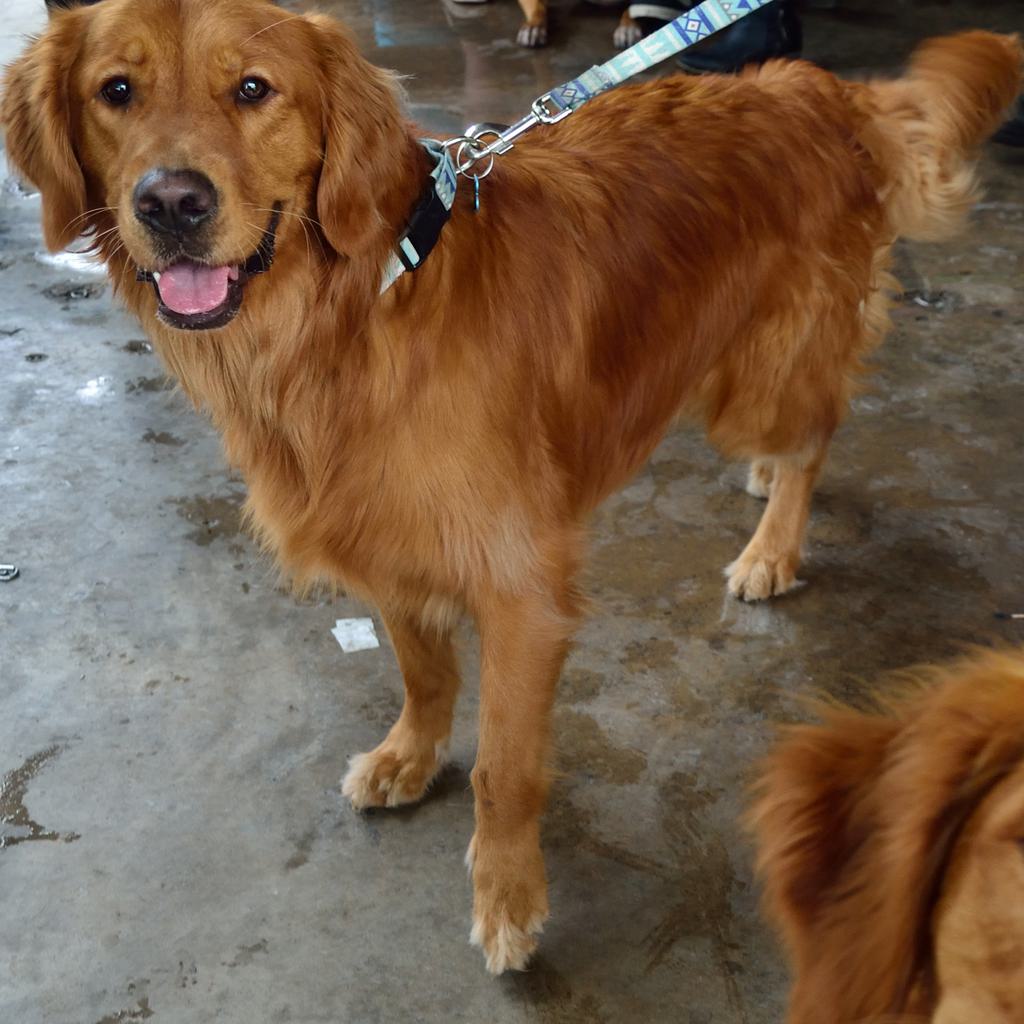 |
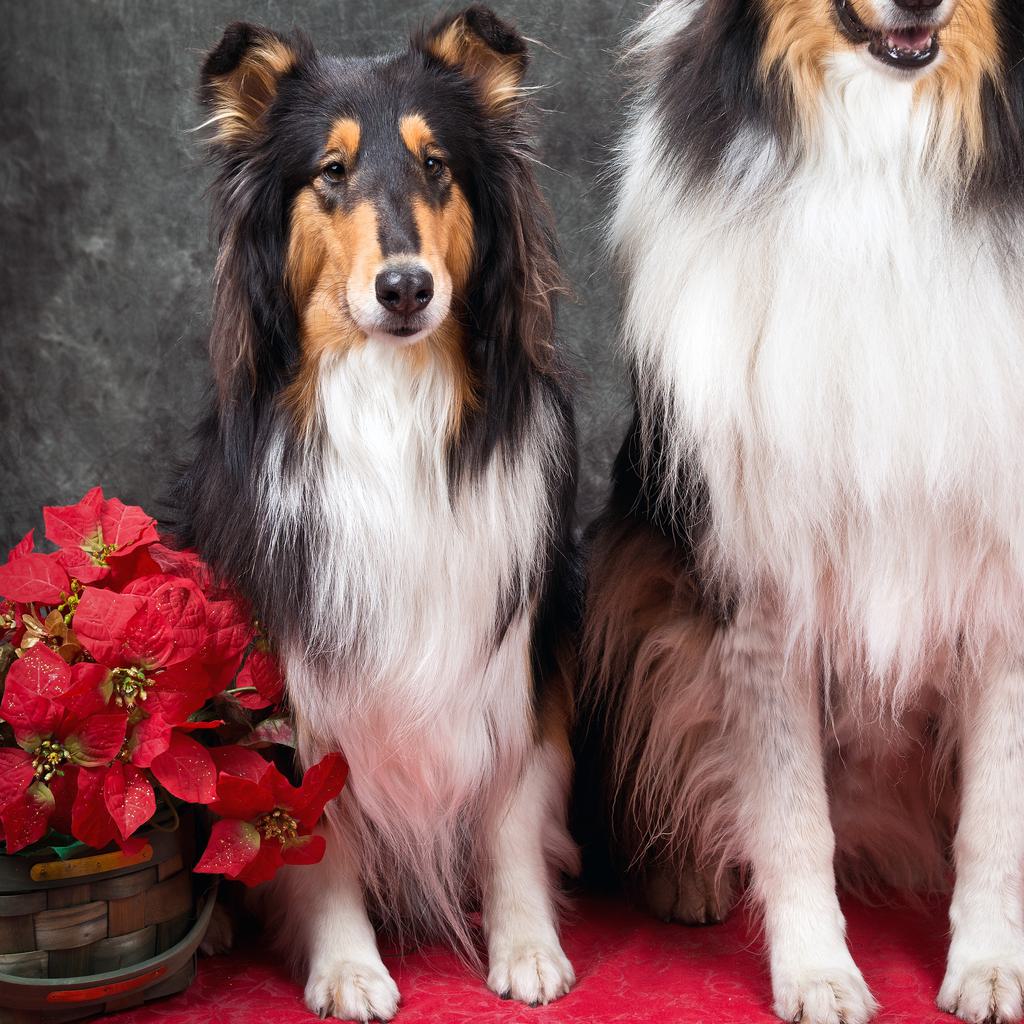 |
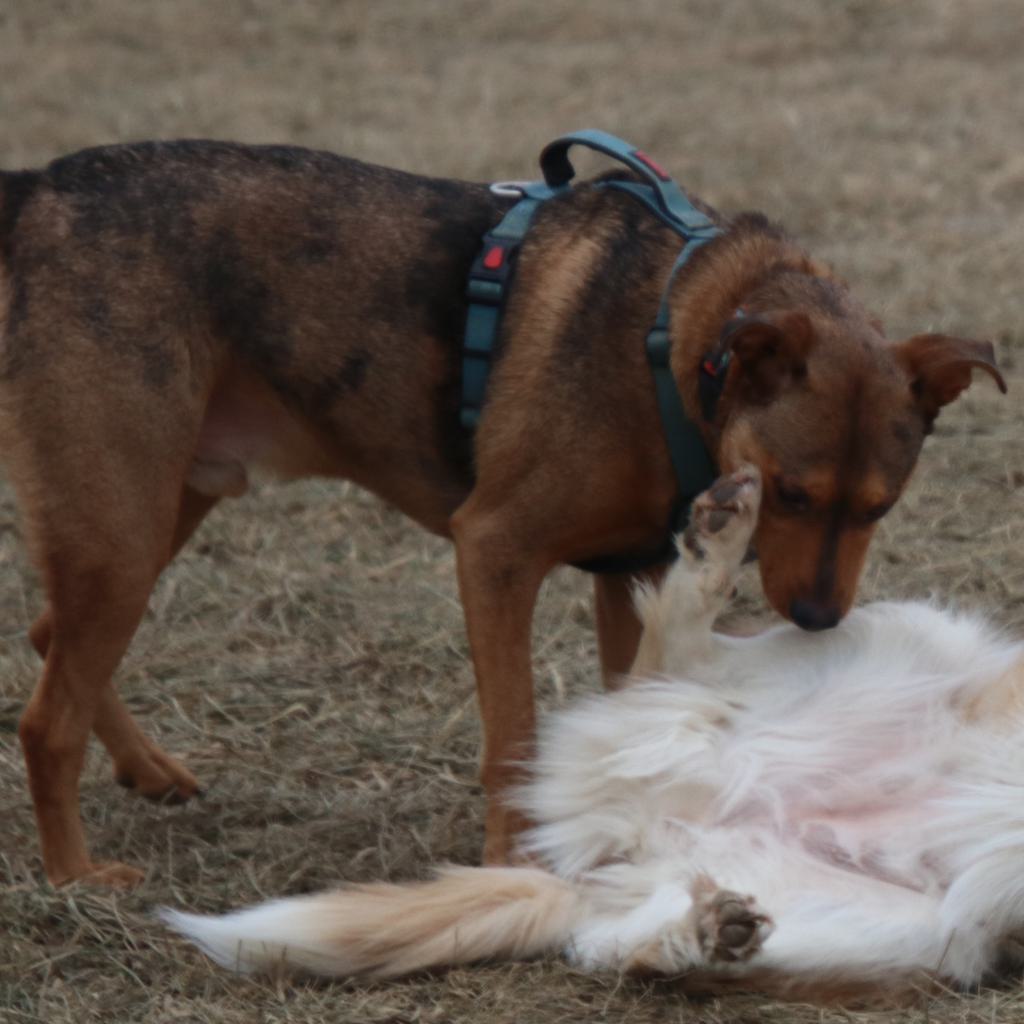 |
 |
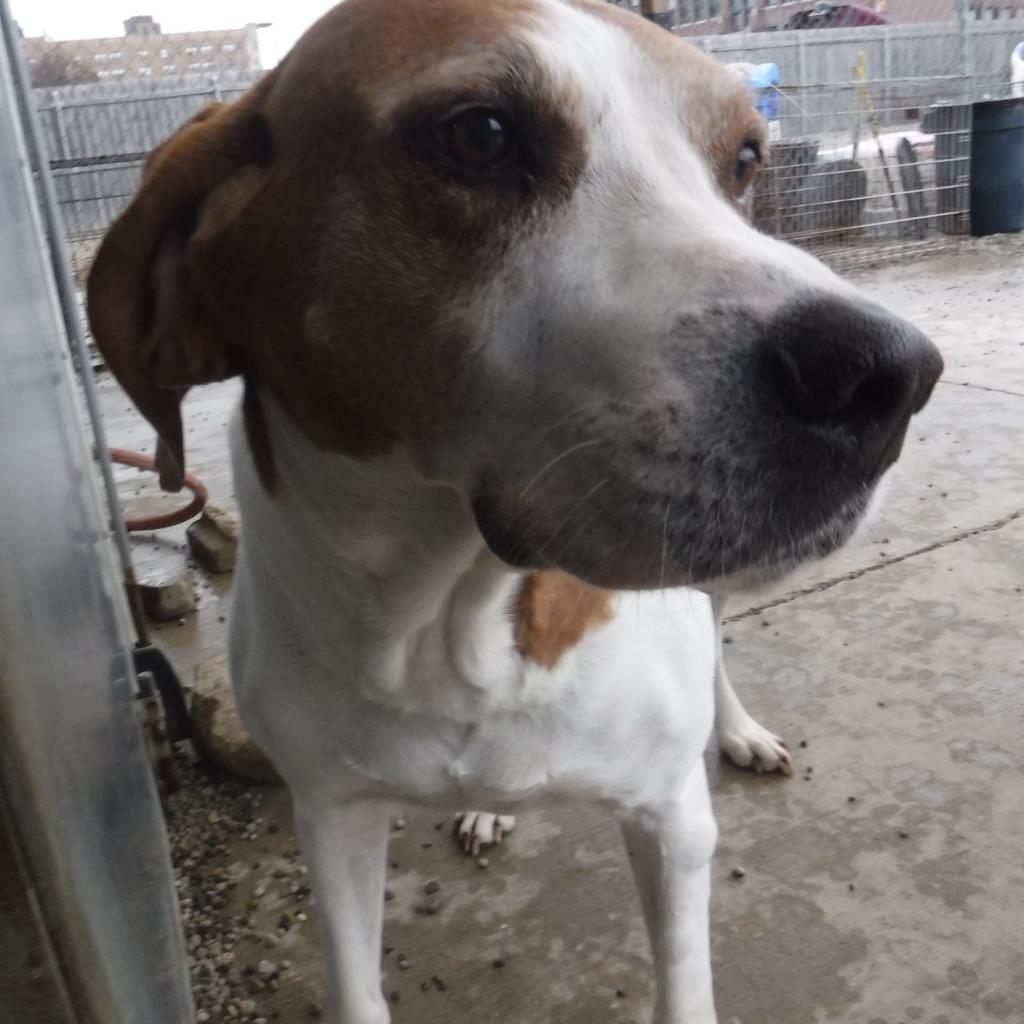 |
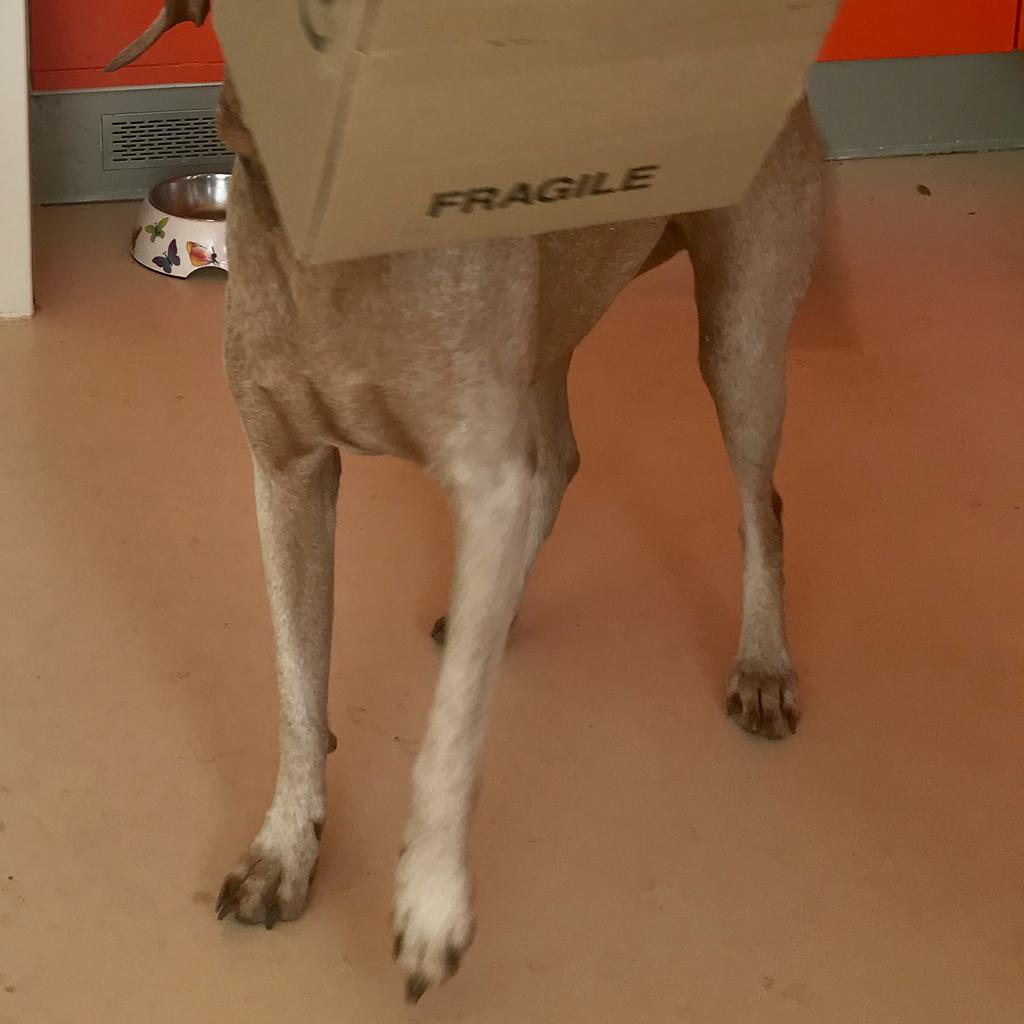 |
|---|---|---|---|---|---|---|
 |
 |
 |
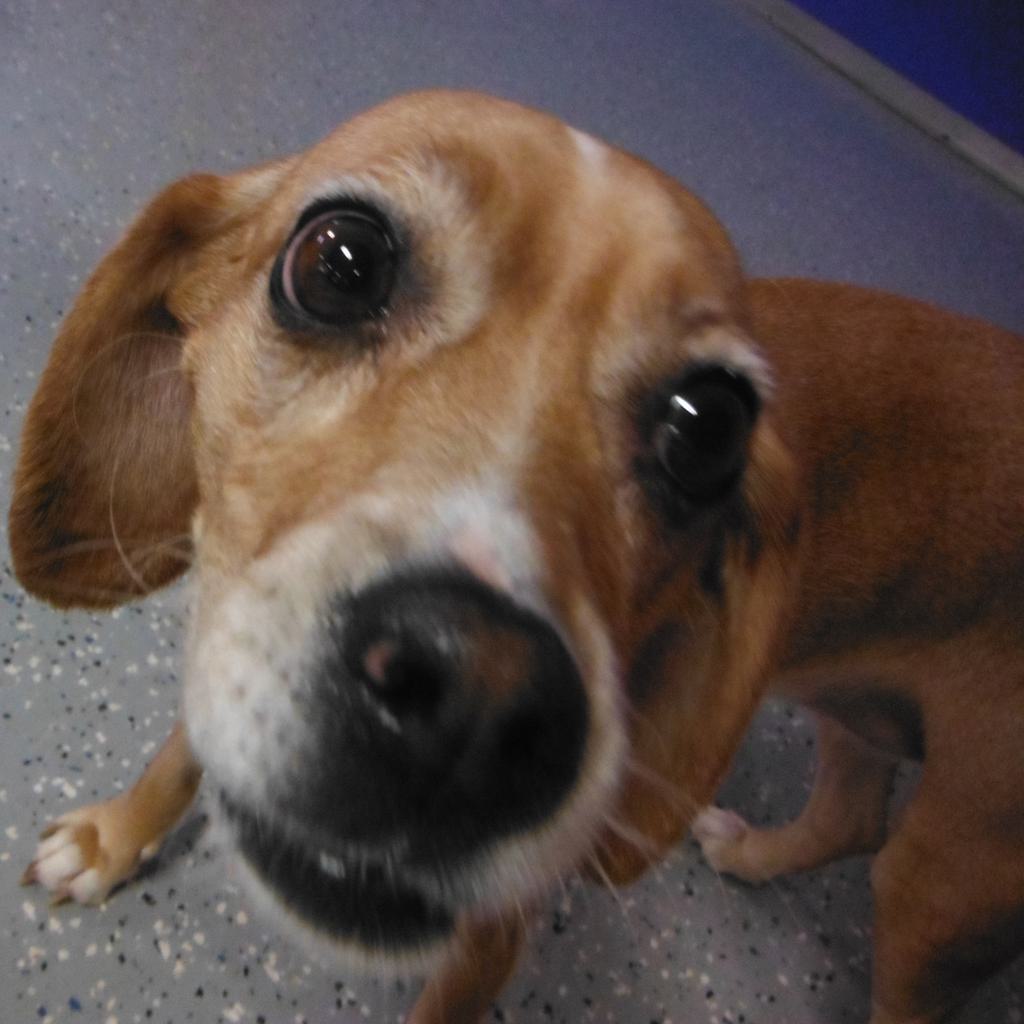 |
 |
 |
 |
Horses
Source Image |
Inliers |
Outliers |
||||||
|---|---|---|---|---|---|---|---|---|
 |
 |
 |
 |
 |
 |
 |
||
 |
 |
 |
 |
 |
 |
 |
||
 |
 |
 |
 |
 |
 |
 |
Rejected images:
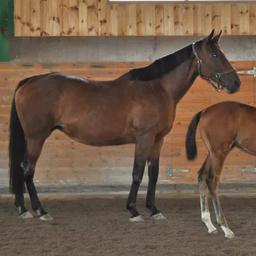 |
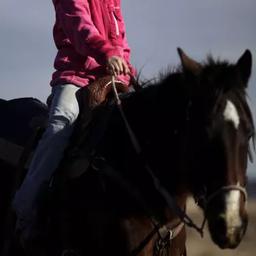 |
 |
 |
 |
 |
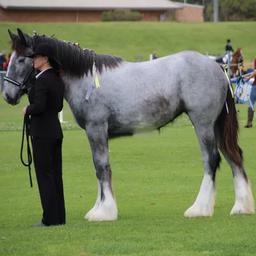 |
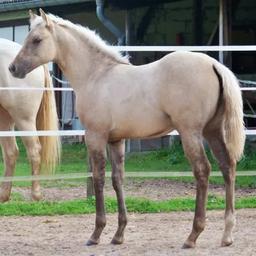 |
|---|
Pairing Ablation
We show results generated by SpliceNet with (i) training with dataset distillation, (ii) training without dataset distillation. Evidently, the model manages to transfer semantic regions in a more coherent manner when trained with our distillation method.
CNN Baselines
We show results generated by SpliceNet with (i) recieving the [CLS] as input (ii) receiving the apearance image as input (i.e. CNN baseline). Evidently, the model conditioned on the [CLS] token manages to transfer more complex texture (e.g. fur, different colors in different parts) than the CNN baseline.
































































